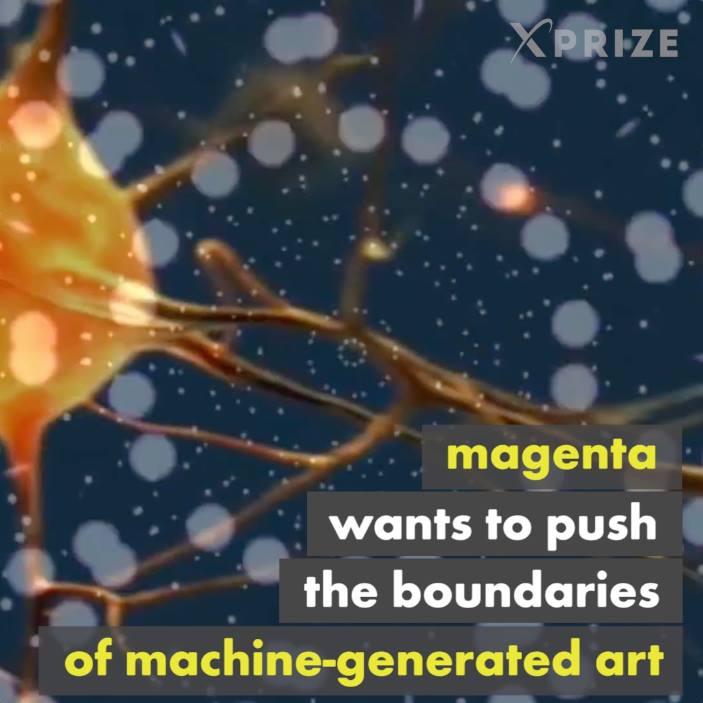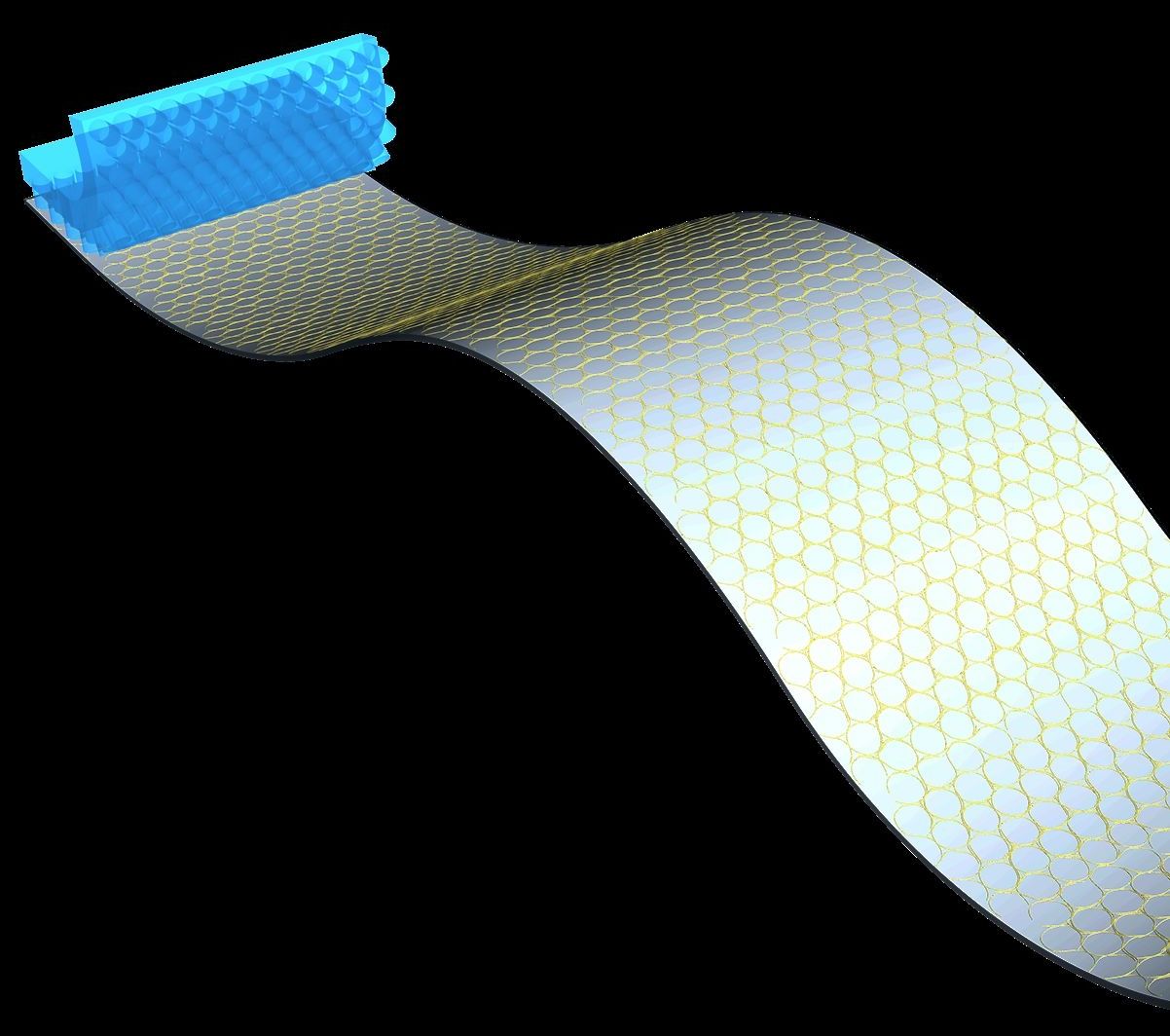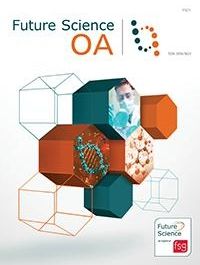Page 10951
Jul 26, 2016
Self-assembling nano inks form conductive and transparent grids during imprint
Posted by Karen Hurst in categories: innovation, mobile phones
Researchers at INM have combined a new self-assembling nano ink with an imprint process to create flexible conductive grids with a resolution below one micrometer. Your Contact Press and Public Relations: Dr. Carola Jung [email protected] Phone: +49681–9300-506 Your expert: Dr. Tobias Kraus Head Structure Formation Deputy Head InnovationCenter INM [email protected] Phone: +49681–9300-389.
Jul 26, 2016
Study Reveals 2D Hybrids Exhibit Unique Characteristics
Posted by Karen Hurst in category: electronics
Researchers at Rice University lab explore 2D hybrids to see how they are different from standard electronics.

Jul 26, 2016
This tiny country thinks virtual citizens will make it rich
Posted by Karen Hurst in category: futurism
Jul 26, 2016
“Honey Onions” probe the Dark Web: at least 3% of Tor nodes are rogues
Posted by Karen Hurst in categories: futurism, privacy
How many rogue nodes are there in Tor’s anonmity and privacy network? “Honey Onions” are a way of finding out.
Techie recruitment on the rise. I wonder how much kidnapping threats for certain tech talent will also increase.
Today’s jihadists rely heavily on the Internet, and their defence systems are increasingly shifting towards digital mediums.
Jihadist groups like ISIS have stepped up their use of more secure technologies to accomplish their goals – ranging from propaganda dissemination and recruitment to launching attacks.
Disturbing.
Munich killer David Ali Sonboly bought the gun used in his rampage on the dark web and had been planning the attack for a year.
German police said the Glock 17 pistol used by the 18-year-old to kill nine people had its serial number scratched off but appeared to have originated in Slovakia and had been reactivated.
Continue reading “Munich Teen Killer Bought Gun On Dark Web” »
Jul 26, 2016
This New Website Simplifies The Legal Boundaries Of 3D Printing
Posted by Karen Hurst in categories: 3D printing, law
Genie out of the bottle.
A new guide into 3D printing rights and responsibilities has been launched to explain what consumers need to know before printing in 3D, including the potential risks in creating and sharing 3D printable files, and what kinds of safeguards are in place.
The website “Everything you need to get started in 3D printing” was developed by staff at the University of Melbourne in response to the growing number of users keen to find, share, and create 3D printed goods online.
Continue reading “This New Website Simplifies The Legal Boundaries Of 3D Printing” »
Jul 26, 2016
A bioink
Posted by Karen Hurst in categories: 3D printing, 4D printing, biotech/medical
Future Science Group (FSG) today announced the publication of a new article in Future Science OA looking to identify and define key terms associated with bioinks and bioprinting.
The use of 3D printing technologies for medical applications is a relatively new and rapidly expanding field, and is being approached in a multi-disciplinary manner. This has led to overlapping and ambiguous definitions within the field as a whole, and confusion over some terms, for example the prefix of ‘bio-‘. This new piece from William Whitford (GE Healthcare Life Sciences, USA) and James B. Hoying (Advanced Solutions Life Sciences, USA) introduces common definitions for 3D bioprinting-related terms, putting them into context. Terms defined within the article include 3D and 4D printing, bioadditive manufacturing, biofabrication, biomanufacturing, bioprinting, biomimetic printing and bioinks, among others.
“Additive manufacturing has transformed our approach to production in many ways,” notes Whitford. “There is now rapid development in the bioresearch, diagnostic and therapeutic applications for 3D printing. It’s difficult to even keep abreast of the number and types of relevant printing technologies, applications and vocabulary. We here identify some of the terms recently coined in this arena.”
Jul 26, 2016
Israeli researchers find way to detect cancer cells before becoming brain tumors
Posted by Karen Hurst in categories: biotech/medical, neuroscience
Promising work.
Tel Aviv University research opens the “black box” of malignant melanoma.

















